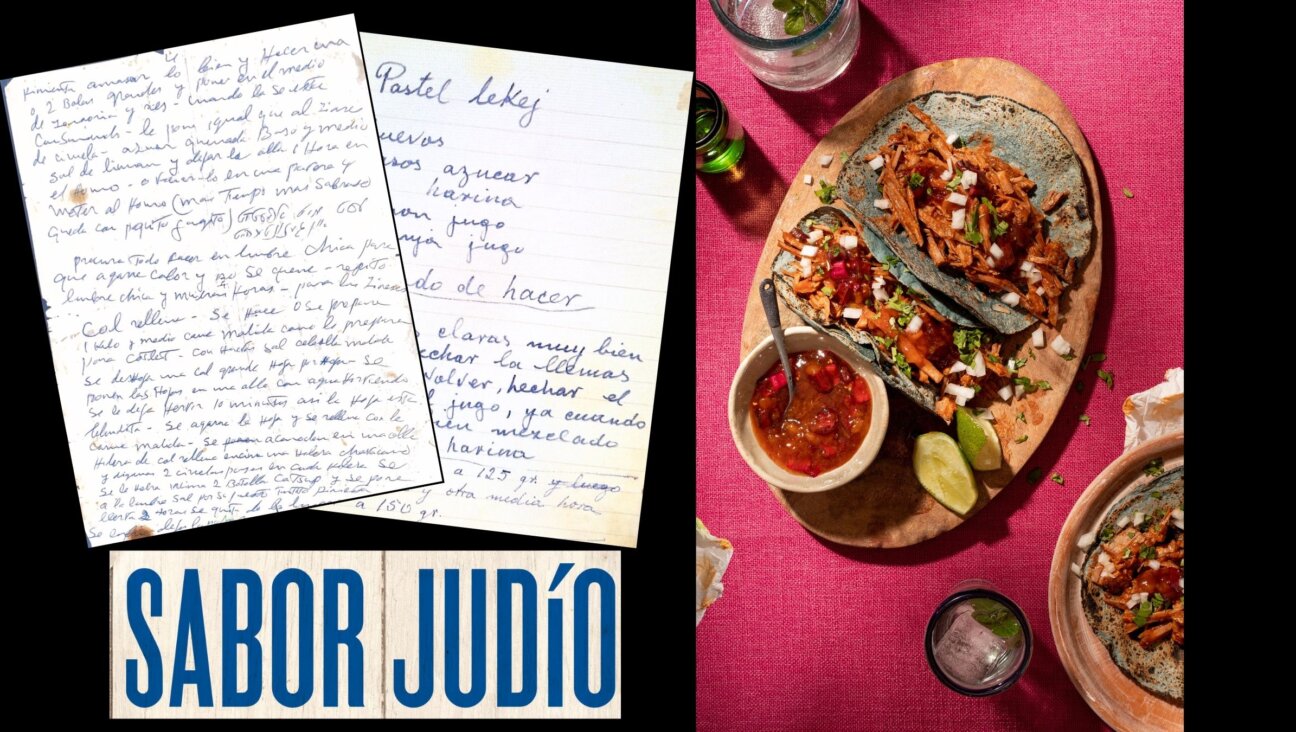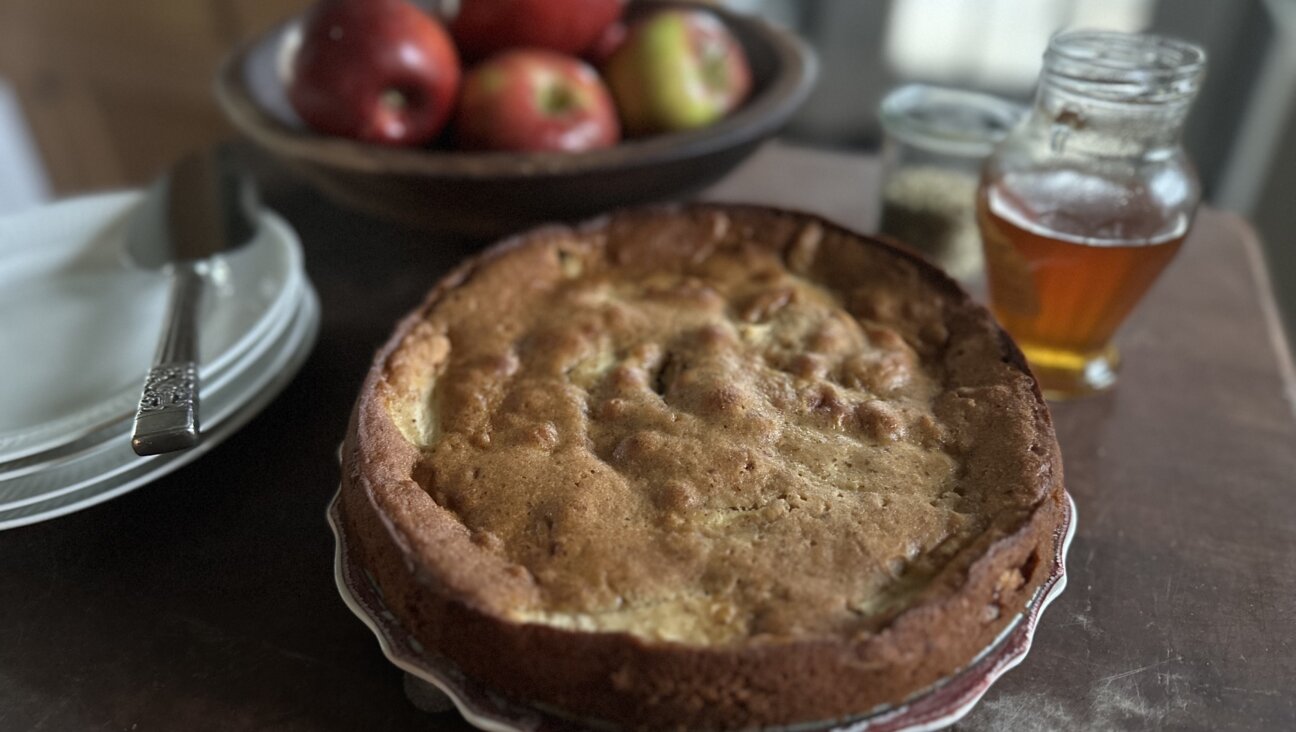At This Seder, It’s All About the Chocolate

Image by Thinkstock
Rabbi Adam Schaffer, who’s been leading chocolate seders since he edited a chocolate seder haggadah in 1996, acknowledges that “people often do feel ill” from all the chocolate.
Still, Schaffer, the religious school director at Temple Aliyah in Woodland Hills, Calif., says he was motivated to “experiment outside the box and engage college students who were not in the usual Hillel track,” and found that the chocolate seder took things to a “fun level, helping make connections for people, re-contextualizing the seder.”
In the last couple of decades, college campus groups and synagogue youth groups have concocted the seders that replace the ritual foods with chocolate. There is green-colored chocolate for the karpas/lettuce; chocolate-covered nuts for the charoset mix of nuts, apples and wine representing mortar used in building for the Pharoah; a chocolate egg for the roasted egg symbolizing the Passover sacrifice; a very dark 90 percent to 100 percent chocolate for the bitter herbs or maror. You get the idea.
A chocolate-soaked seder may help sugar-hyped participants absorb the ritual’s teachings about freedom. An alternative to wallowing in the gooey substitutes for the usual ritual foods, as entertaining as that might be, could use chocolate to name the issues of slavery, economic justice and fair trade in the chocolate business and to elevate the profound themes of Passover.
My chocolate haggadah amplifies awareness about ethical quandaries around chocolate, and challenges participants to consider labor justice and spotlight Passover’s underlying messages of freedom, dignity and fairness.
In “A Socially Responsible Haggadah for a Chocolate Seder,” chocolate becomes the medium for uncovering teachings about ethical kashrut, worker equity and food sustainability to celebrate those who toil, often in great poverty, to grow and harvest cacao, including children and young adults – some of them in bondage in the Ivory Coast and Ghana’s cocoa plantations. The haggadah hopes for a harvesting of the fruits of productive, meaningful and safe labors.
The custom of three matzahs – the chocolate haggadah version uses chocolate-covered – recalls our tikkun olam, our ongoing struggle to perfect the world, as we consider responsibility for the contrast between the limited resources of most cacao growers and the wealthy consumers of chocolate. When we cover our matzah with chocolate, we recall that not only are we descended from slaves in Egypt, we recall child slaves on cocoa plantations of our time.
As we prepare to celebrate Passover this year, may we feel assured that we have helped advance the messianic era through our tantalizing array of chocolate choices, not just chocolate matzah.
(Rabbi Deborah Prinz is the author of “A Socially Responsible Haggadah for a Chocolate Seder,” which may be found at her blog, www.jews-onthechocolatetrail.org. Her latest book is “On the Chocolate Trail: A Delicious Adventure Connecting Jews, Religions, History, Travel, Rituals and Recipes to the Magic of Cacao” [Jewish Lights.])
A message from our CEO & publisher Rachel Fishman Feddersen

I hope you appreciated this article. Before you go, I’d like to ask you to please support the Forward’s award-winning, nonprofit journalism during this critical time.
At a time when other newsrooms are closing or cutting back, the Forward has removed its paywall and invested additional resources to report on the ground from Israel and around the U.S. on the impact of the war, rising antisemitism and polarized discourse.
Readers like you make it all possible. Support our work by becoming a Forward Member and connect with our journalism and your community.
— Rachel Fishman Feddersen, Publisher and CEO























